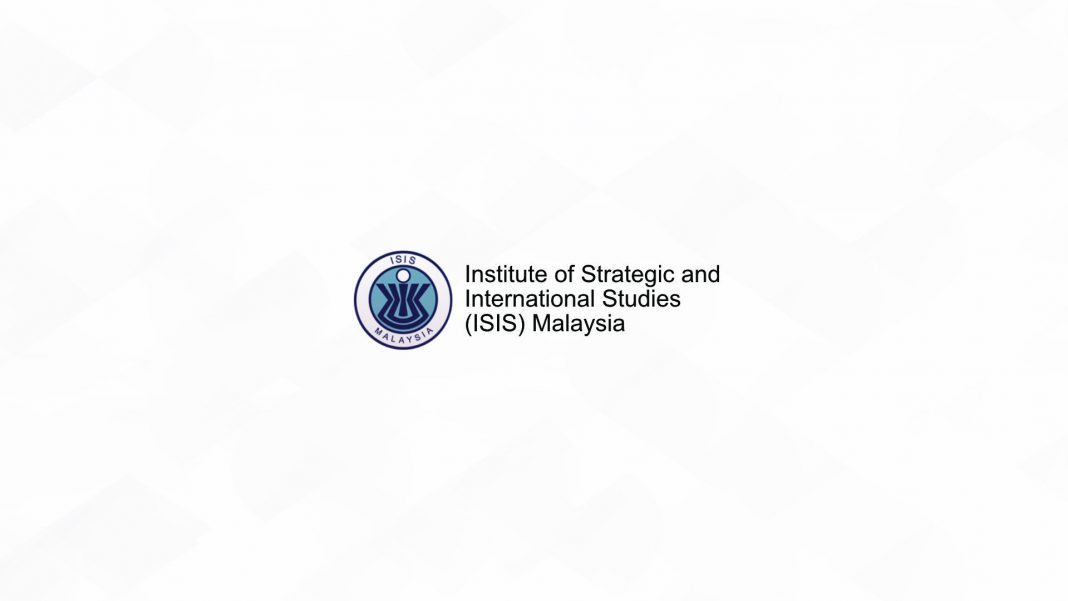The inaugural Defence White Paper (DWP) and the public relations blitz that followed indicate ambitious plans to improve the Malaysian Armed Forces (MAF) and the broader defence sector.
As commendable as the DWP is, the challenge as always lies in implementation.
We need to think very carefully about how we are going to shape and build our forces, to prepare for future challenges. The price of getting it wrong is high. Defence spending involves a lot of money, takes a long time to implement and must show optimum results when operationalising acquisitions.
A key imperative moving forward is to rationalise our force structure, logistics and maintenance chains, to create a more effective and sustainable force. The current mix and match approach, including some mind-boggling customised showpiece purchases, might sound great in presentations. But it creates logistical and operational complications for those that are tasked with maintaining and utilising the equipment.
At times, it is almost amusing to see the look of bafflement on the faces of foreign defence attaches, visiting officials and analysts, as they try to process why anyone would put themselves through such an unwieldy process. This is before reality hits home — they don’t have to live with it. We do.
Compounding this is the fact that defence isn’t a major funding priority in Malaysia.
There are many competing economic and political priorities for the national purse. Many of these are legitimate needs that have significantly improved the broader economy and eased the lives of our citizens, especially those in need of government assistance.
What is unfortunate, however, is that political decision-makers have historically utilised already tight defence funds to bolster competing national objectives — diplomatic, trade or domestic industries. This, unfortunately, often comes at the cost of getting the best deals and equipment.
This isn’t exactly news to those that are involved in national defence. It has often been highlighted, with little tangible outcome. If we are serious about a more efficient force, there needs to be an honest and drastic rethink about the way we do things.
It is encouraging to see that the DWP recognises this challenge.
The sections on the Force Structure of the MAF and the Framework for the National Defence Industry Policy are quite explicit on it.
Specific recommendations include a more effective cost-benefit analysis mechanism and greater asset commonality, where possible, in future procurements.
Key mechanisms moving forward would be the National Defence Investment Plan and the Investment, Policy and Reformation Committees that will steer the MAF through the requirements and steps to implement reforms.
Make no mistake, there will be pushback from various parties — born either out of ignorance, indifference or those who have a vested interest in keeping things the way they are.
The MAF has a tremendous responsibility to defend a non-contiguous country separated by international and foreign waters and airspace. The latter itself would be a major logistical challenge to any force, even one with a more sustainable force structure and rationalised maintenance chain than ours.
Depending on diplomacy as an effective tool in conflict prevention and management only works if we can wield a stick to back up our carrots. For that stick to work, it must have, and be seen to have, not just the capacity to cause real damage, but the ability to be deployed swiftly and efficiently.
We may choose to postulate and sermonise about how civilised nation states should no longer resort to armed conflict to achieve their aims.
History and current realities render this argument aspirational at best and naive at worst. Non-state actors share no such considerations. We must realise that the choice is not always up to us.
Trotsky’s “You may not be interested in war, but war is interested in you” quote is something we’d do well to heed.
Conflict is often thrust upon us, whether we like it or not, and when push comes to shove, we’d better be as prepared as we can be.
This article also appeared in New Straits Times, February 22, 2020





